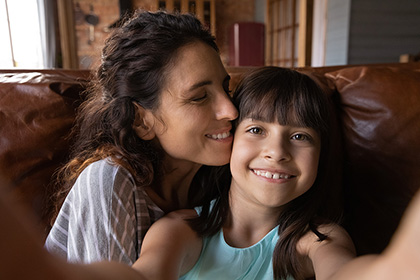Agencies often encourage resource parents to use their natural supports and resources while providing care to children in foster care. And rightly so! Having a strong support system helps you weather the surprises and occasional storms that inevitably come their way.
Yet when children must leave your home because permanency has been achieved, the people you rely on and are close to may have a lot of questions.
Here are some tips for responding to those questions, managing the event in your family and community, and making sure the overall transition is healthy and positive for everyone involved.
Tips for a Healthy Transition
Maintain confidentiality. Specifically, avoid sharing significant details about progress made by the parents or the child’s needs.
Educate and celebrate. Make sure your friends and family understand how important resource parents are in your community. This is a chance to celebrate your role in the successful return of the child to their family.
Don’t neglect yourself. Seek support through your licensing agency to ensure you are managing your losses as the children return home. While reunification is positive for all involved, there are inherent losses you need to acknowledge and grieve.
Prepare a response. If this is an emotionally difficult transition for you, prepare a stock answer such as, “The kids have returned to their parents. We’re excited for them but sad for us and not ready to talk about it yet.” Honor and validate everyone’s feelings, even feelings that conflict.
Smooth the way for the child. It is very important that children receive the same message from all adults involved, including “emotional permission” to leave the home and community.
Make sure the children get a chance to say goodbye to friends, family, and community members if they will not remain a daily part of their lives. This will also prepare everyone for the transition and prevent you from having to answer questions once the children have left. Some suggestions would be to have your community add letters, drawings, or pictures to the child’s life book; host a party for the children and their parents; talk to the children about who they want to share news of their transition with and allow them the opportunity to say farewell.
Don’t jump to conclusions. Do not assume that because the children are leaving your home, they’ll no longer be a part of your life or community. The intention of shared parenting is for birth and resource parents to work together to parent children. Shared parenting can continue after reunification, with you and your community providing ongoing support and love to the children and their parents.
Always plan for transitions and work with your licensing agency to manage the conversations and information you share before, during, and after a child’s transition.


